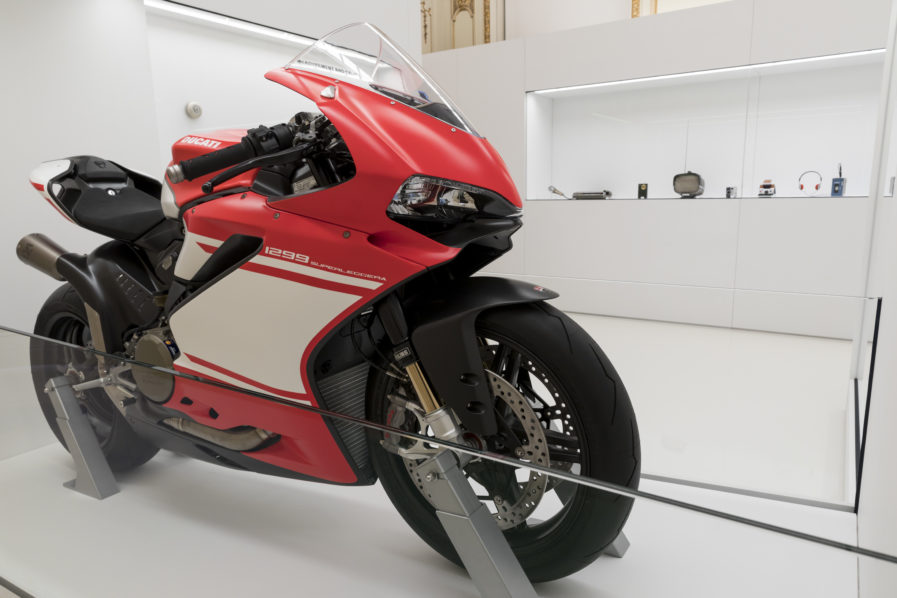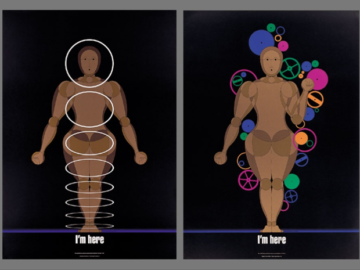Bob Greenberg’s prized Ducati 2017 Panigale Superleggera motorcycle (above) is front and center in Bob Greenberg Selects as a “striking example of design’s ability to bring together technology, materials, science, engineering, manufacturing and beautiful aesthetics.” Courtesy R/GA
As co-founder, chairman and CEO of digital powerhouse R/GA, Bob Greenberg has long kept an eye on the zeitgeist of tech developments and their impact on our everyday lives. “The disruption is always going to be technology,” says Greenberg in the lead story about R/GA in Graphis Journal #356. Greenberg expands on the company’s motto, Connected By Design: “We’re about connecting space—connecting to the Internet, mobile, and social media—and about the impact of technology on, really, everything.”
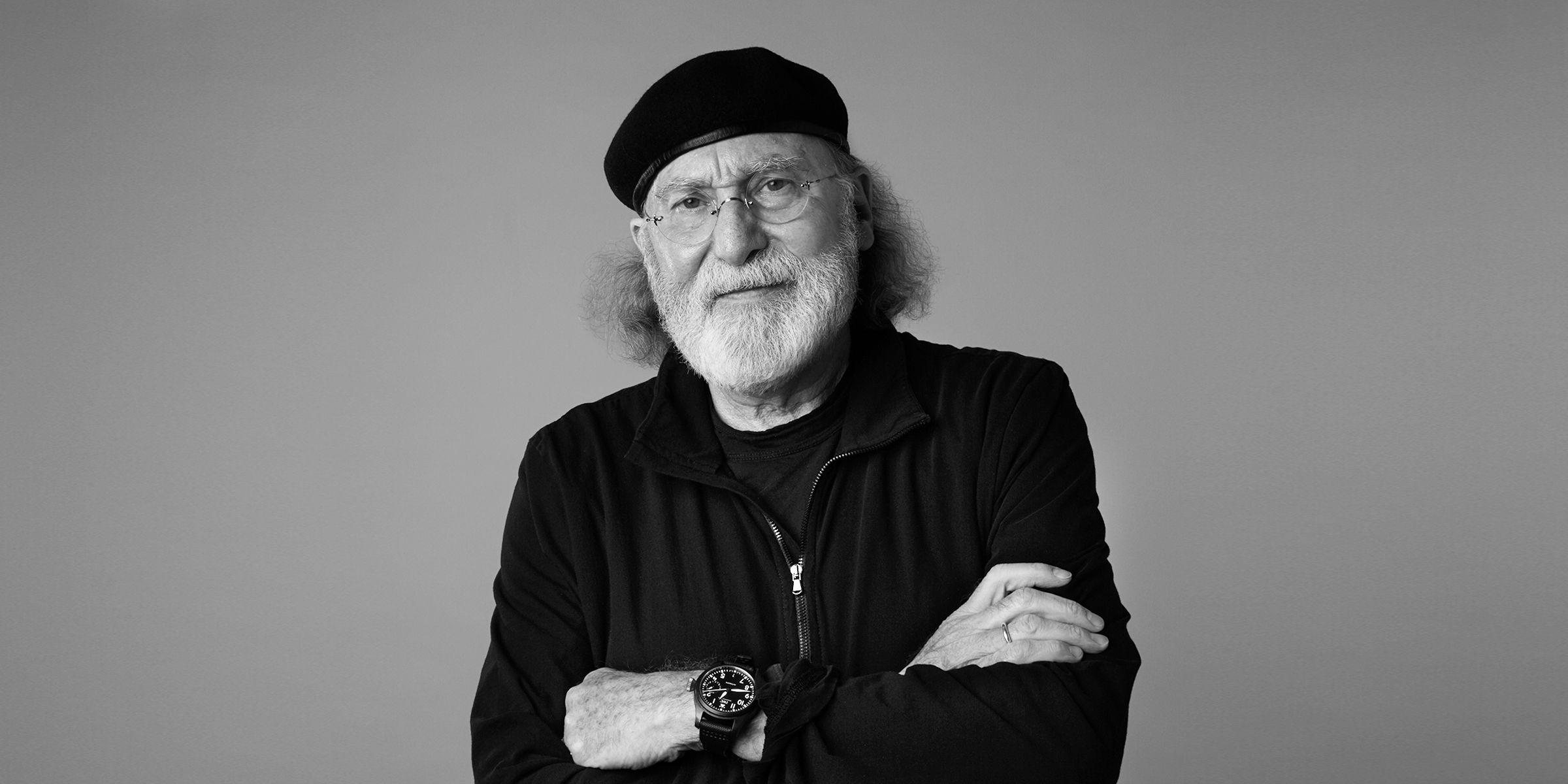
Greenberg’s understanding of humankind’s relationship with technology underpins a fascinating exhibition, Bob Greenberg Selects, on view at Cooper Hewitt Museum through September 9. The show gathers products that have most transformed our lives over the past six decades, with sections ranging from Disruptive Innovations (such as the Edison Voicewriter Dictaphone and the TR-1 Transistor Radio) to Connected Devices (including the first mobile phone and iPhone, below).
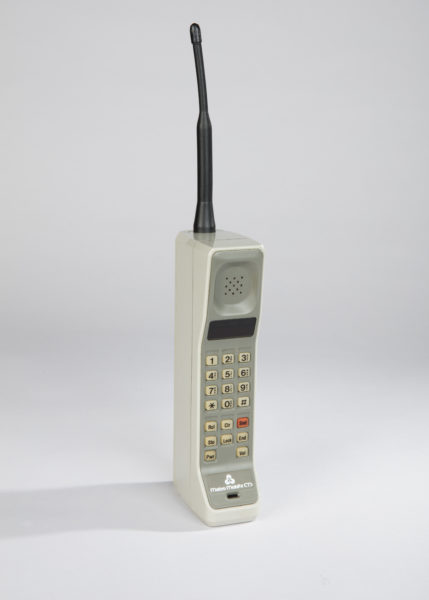
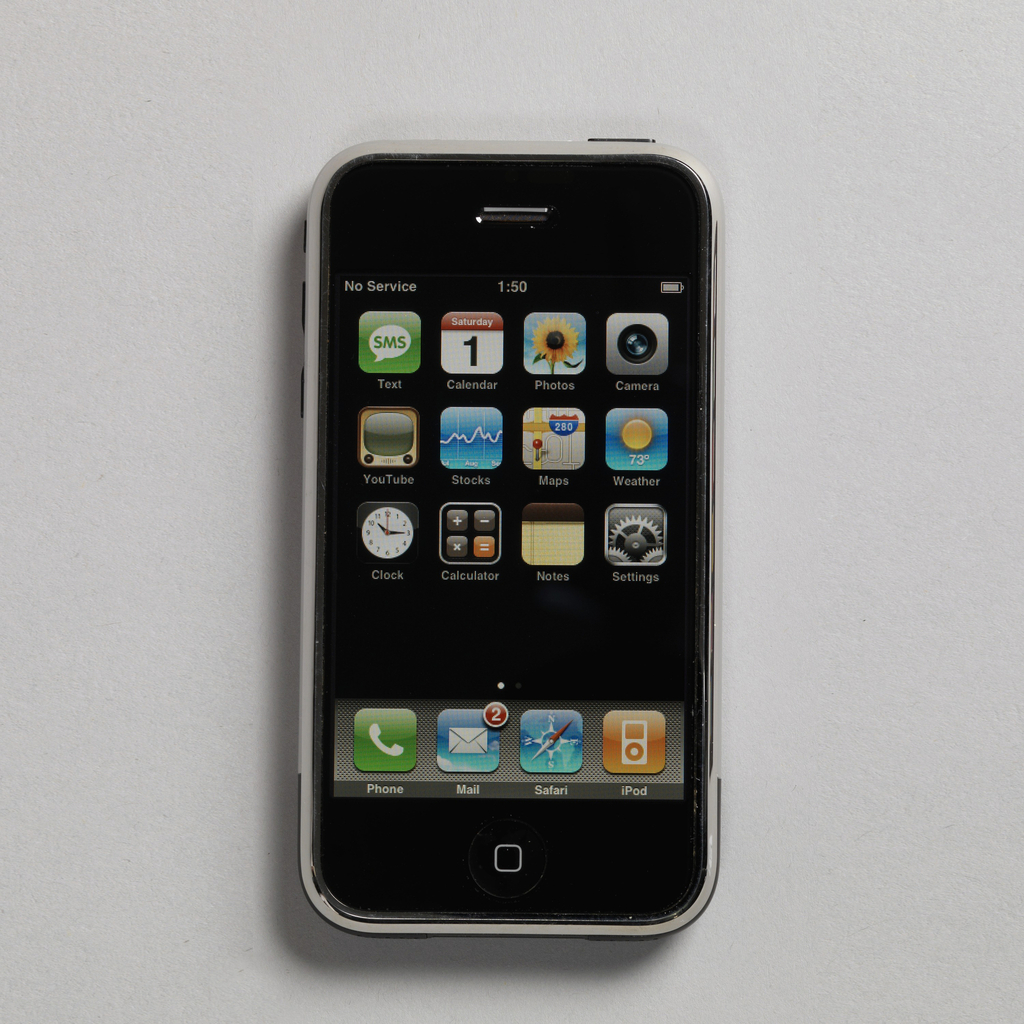
In 1983 Motorola’s Dynatac 8000X Mobile Telephone (above left) first made telephone communication mobile and cordless. In 2007, the iPhone (right) blended an iPod music player, keyless touchscreen, and Internet connectivity with a pocket-sized mobile phone. “The iPhone is the most groundbreaking device in this entire collection,” Greenberg says. “Products are now either ‘before the iPhone’ or ‘after the iPhone.’”
The exhibition includes a video of Greenberg talking about his own creative background as well as his key principles of design, including such maxims as: “Let creativity drive the business,” “The interface is the experience,” and “Simpler is Better.” He offers plaudits to the late Apple founder Steve Jobs: “He took the things I care most about—simplicity, great innovation, and well-designed software—and put them together in the simplest possible ecosystem of products and services that changed everybody’s thinking about design.”
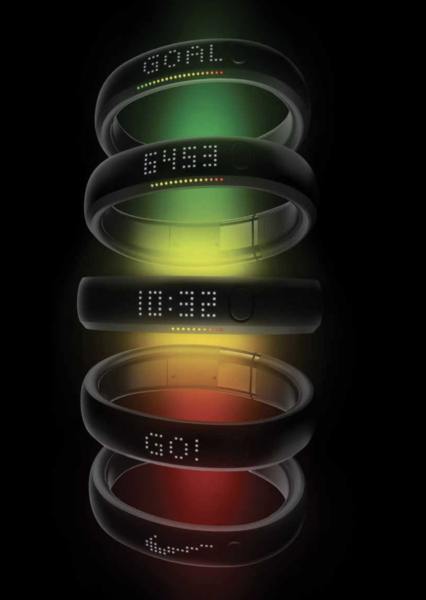 .
. 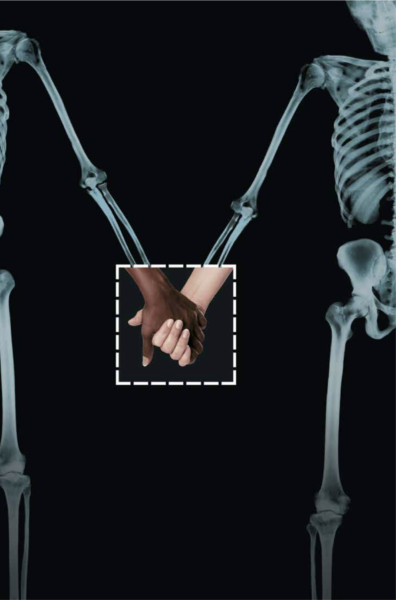
(From left) Nike+ Fuelband, developed by R/GA, a pioneering wearable device for storing and sharing athletic data; a still from“Love Has No Labels,” R/GA’s award-winning public-service spot for Ad Council about societal inclusion. See “Creator of Never-Ending Change,” Graphis Journal #356.
In the show Greenberg points to an innovation by R/GA—the Nike+ FuelBand (above left)—as as something he’s proud of: “We were creating what was to become known as the ‘Internet of things.’” This concept has been a driver of R/GA Ventures, an accelerator program for startups that’s helped jumpstart more than 100 innovative companies since its inception in 2013 (see Graphis Journal #356 and the forthcoming Graphis Journal #357). Meanwhile R/GA has generated groundbreaking and award-winning advertising work, such as its “Love Has No Labels” campaign for Ad Council (above right), a public-service spot about inclusion that went viral and garnered more than 200K views on YouTube.
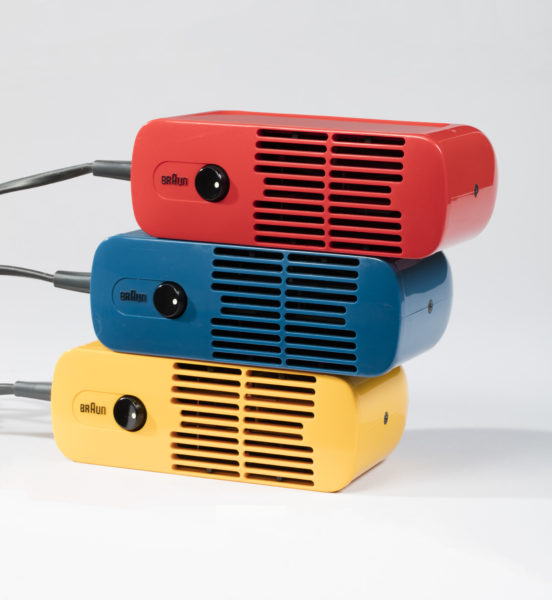
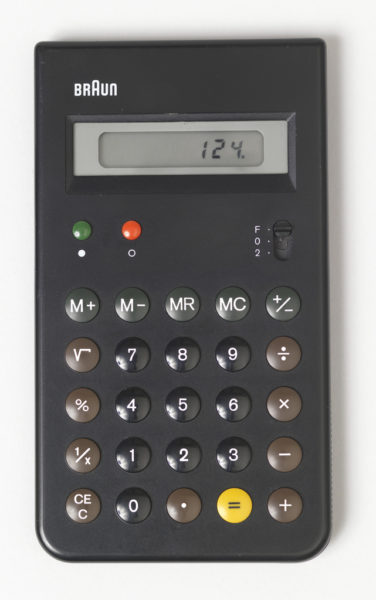
(From left) Three HLD 4 No. 4416 Hair dryers, 1970, designed by Dieter Rams and manufactured by Braun AG (Frankfurt, Germany); the Braun ET55 Calculator, 1980, designed by Dieter Rams and Dietrich Lubs. “It relates to the Bauhaus principle ‘Less is more,’” Greenberg says. “I couldn’t do math before I had a calculator, because I’m very dyslexic. The design of the ET55 made it understandable for me.’
Greenberg’s Cooper Hewitt collection makes a point of saluting another hero, German industrial designer Dieter Rams (best known for his work for Braun). The show includes Rams’s ten principles for good design, including: “Good design makes a product useful,” “Good design is aesthetic,“ “Good design is unobtrusive,” and finally, “Good design is as little design as possible.”
For feature stories on Bob Greenberg and R/GA, see Graphis Journal #356 and stay tuned for #357.
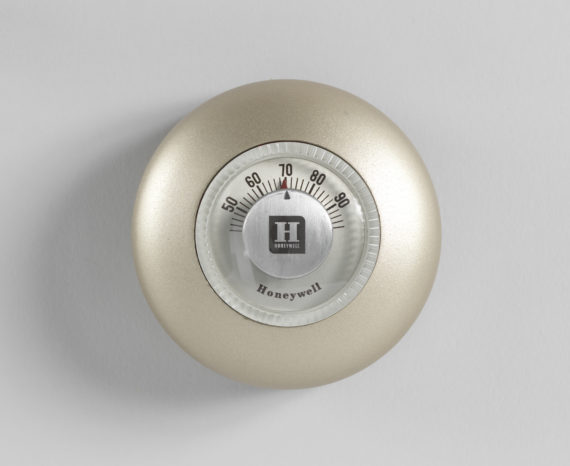 .
. 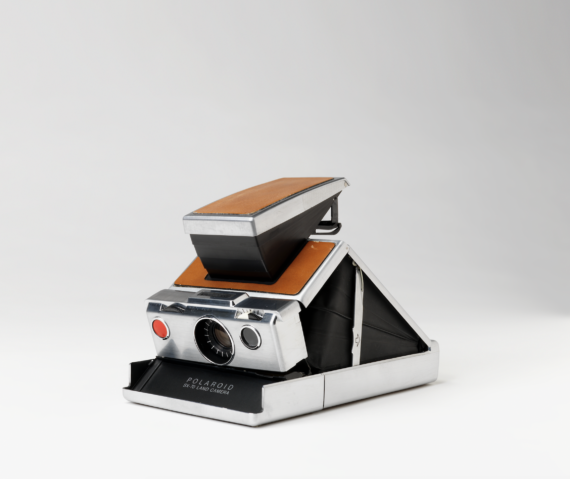
Pioneer measurement and Calculation devices include the T-86 Round Thermostat (above left), 1953, designed by Henry Dreyfuss, manufactured by Honeywell, Inc. The Polaroid SX-70 Land Camera (right), 1972, was designed by Henry Dreyfuss and James M. Conner. “We used to have to shoot film and then we would send it out to be processed and we would have to wait for the results of our work,” Greenberg says. “Once we had the Polaroid, the whole process became instantaneous.”
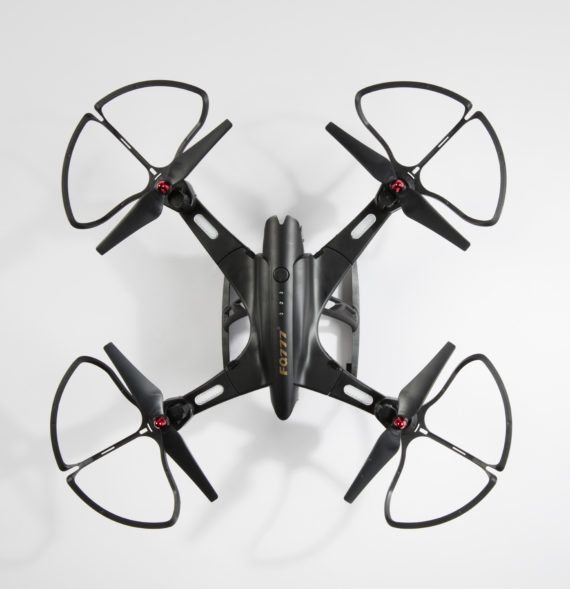
FQ02W FQ777 Foldable Selfie Quadcopter Drone and Remote (China), 2017. “I think we will see big changes from drones,” Greenberg says. “They are now being used for all sorts of innovative ideas, like being able to survey mountainsides for avalanche survivors. They are leading to the pilotless aircraft that are beginning to be developed.”

